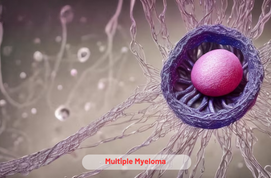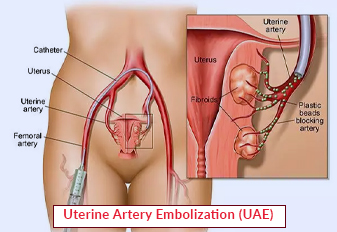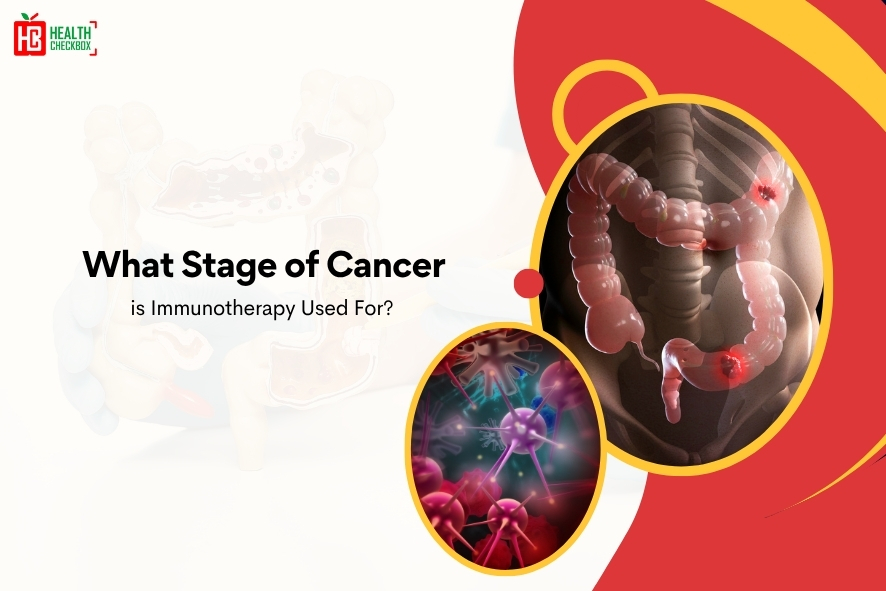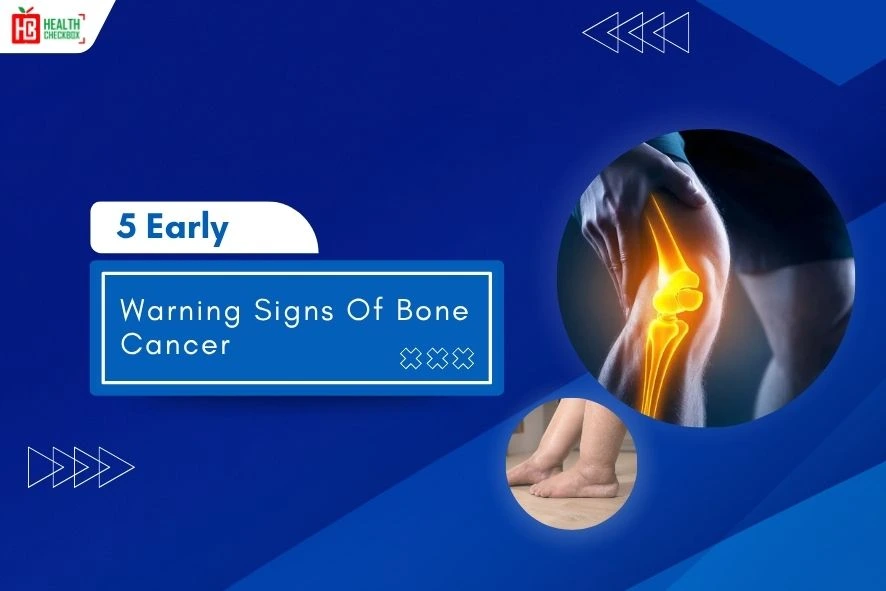Plasma is the B-cells that make antibodies to fight against infection. However, when it affects plasma cells in the bone marrow is called multiple myeloma. MM is a type of blood cancer in which plasma cells grow in an uncontrolled manner and then turn into cancerous cells. This affects your kidneys, bones, and also affects the ability to make healthy RBC, WBC, and platelets. This change creates medical issues for individuals. Approximately 1,60,000 people are suffering from MM, and its rate of mortality is increasing each year. Here are the treatment options in detail to get relief from its symptoms.
Features of Multiple Myeloma
It has the following characteristics:
- It causes bone and calcium problems, which makes bones weaker and can be easily broken.
- Due to extra growth of plasma cells, it can cause low blood count, and this may lead to various blood disorders. Like low levels of white blood cells, red blood cells, and platelets in the blood. This may increase the risk of infection, weakness, and bleeding.
- Kidney damage and failure.
- Not enough antibodies formed to fight against infection.
Staging System of Multiple Myeloma
It is categorized based on the FISH resting result and it comprises 3 types of blood tests; albumin, LDH, and beta-2 microglobulin. It has the following stages, which are divided into RISS stage groups:
- Stage I: Normal level of LDH, albumin, and serum beta-2 microglobulin. Cytogenetics are not considered “high risk”.
- Stage II: Not stage I or III
- Stage III: High level of LDH and serum beta-2 microglobulin. “High-risk” of cytogenetics.
Symptoms & Causes of MM Disease
There are various symptoms of this blood disorder:
- Nausea
- Vomiting
- Fever
- Feeling confused
- Numbness in your legs and arms
- Unexplained weight loss
- Bleeding
- Spinal bones get collapsed
- Feeling so tired
The cause of MM is not known exactly. However, here are some of its causes that may increase the risk of this blood cancer:
- Increased excessive body fat.
- Inflammatory diseases, such as rheumatoid arthritis, heart disease, and type 2 diabetes.
- Any abnormal genetic changes
Treatment Procedure of Multiple Myeloma
There is no cure for MM, however, its pain and symptoms can be minimized through various treatments. It is done by considering the following points:
Diagnosis
After determining its signs and symptoms, your doctor will run some tests to determine the best treatment for you.
- Urine test is done to check myeloma protein.
- Protein test, level of blood urea nitrogen, albumin, creatinine, calcium, and other electrolytes are also checked.
- Imaging tests, such as MRI scan, Echocardiogram, PET scan, CT scan, and Bone x-rays.
- To check myeloma cells, the complete blood count test is done to check the level of white blood cells, platelets, and red blood cells.
- Some biopsies are done by removing body tissue to diagnose multiple myeloma. Like, needle and bone marrow biopsy.
Goals of MM Treatment
It is done to achieve the following goals:
- Improve quality of life.
- Remove myeloma cells from the bone marrow.
- Try to reduce the level of M protein to the lowest level.
- Provide long durable treatment.
- Prolong overall survival.
Treatment Plans According to MM Stage
There are two types of treatment:
- Non-intensive: It is common and advised for older people.
- Intensive: It is for younger individuals who are more suitable for the treatment.
Multiple myeloma is treated in the following ways:
Induction Therapy
It is a front-line treatment option which may include a three-drug or four-drug combination. It consists of a proteasome inhibitor, a steroid, and an immunomodulatory drug. The choice of this option depends on various factors, like convenience, risk of side effects, and features of myeloma. The most important factor is the availability of the treatment options. It includes 3 or 4 cycles, which may last from 3 to 4 weeks.
Autologous Stem Cell Transplant
During the intensive treatment, a high dose of chemotherapy is given to the patient to kill number of myeloma cells. However, these medicines do not harm your bone marrow and can be recovered from. Then your stem cell is collected and is called autologous bone marrow transplant. In some cases, it can be taken from your healthy family members.
Radiation Therapy
In this process, powerful beams of X-rays are used to kill these cancerous MM cells. These strong beams reduce the growth of these cells by shrinking them. It also controls a plasmacytoma, which causes pain and destroys a bone.
CAR-T Cell Therapy
It is also called chimeric antigen receptor T cell therapy, which helps to protect your body from the attack of MM. In this procedure, your T cells are removed from the blood and sent to the lab. It is done to make a special receptor to recognize markers on the surface of the myeloma cells.
Latest Health Tips
Can Immunotherapy Cure Stage 4 Lung Cancer?
Early Signs of Cervical Cancer
Foods that Kill Cancer: Leafy Vegetables, Grains, & More
What Stage of Cancer is Immunotherapy Used For?
Which is Worse for Cancer, Sugar or Alcohol?
Vaccines That Prevent Cancer
What Kills Cancer Cells in the Body Naturally?
5 Early Warning Signs of Bone Cancer
Submit Your Enquiry
Testimonials


























